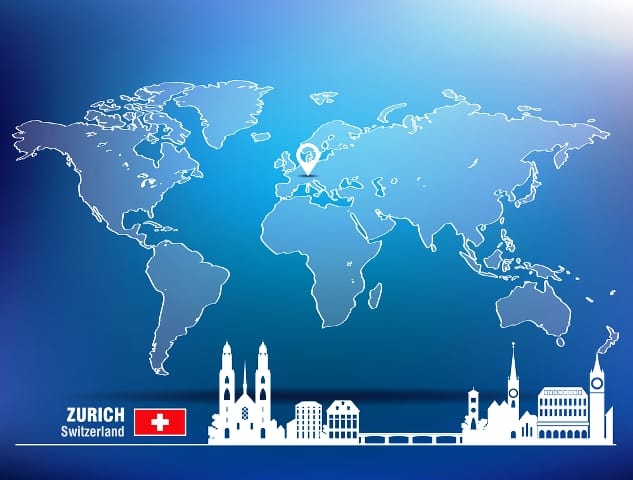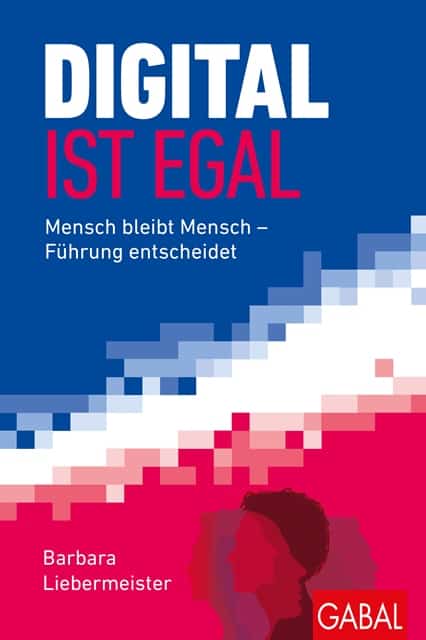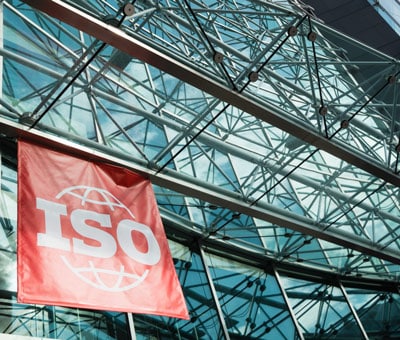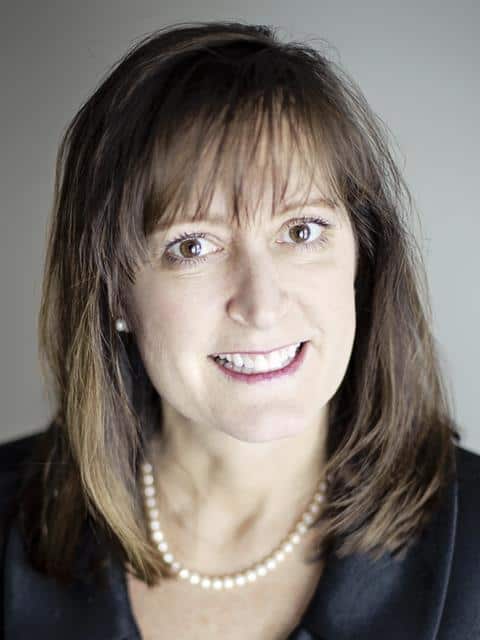Switzerland becomes a FinTech centre
More and more FinTech companies are emerging in Switzerland. According to the Institute of Financial Services Zug (IFZ) at the Lucerne University of Applied Sciences and Arts, the framework conditions for FinTech companies in Switzerland are excellent. However, there is still a technological need to catch up with international hubs.

A project team at IFZ examined the potential for a Swiss FinTech centre in comparison to the international context. So-called hubs were created in a ranking for FinTech centres. This shows that the industry finds very good framework conditions in this country: Out of 27 cities surveyed, Zurich and Geneva are ranked second and third behind first-placed Singapore. Compared to Singapore, the two cities still have some catching up to do, particularly in the economic and technological dimensions.
Important drivers
The ranking is based on 68 indicators that show the framework conditions in terms of the political and legal, economic, social and technological environment. Among other things, political stability, the efficiency of the authorities, access to credit and venture capital, the number of science and technology graduates, and access to and use of information and communication technology were taken into account.
Zurich goes FinTech
The good framework conditions are paying off: "The Swiss FinTech scene continued to grow in 2016," says Thomas Ankenbrand, project manager of the "IFZ FinTech Study 2017". Last year, 190 companies were active in this country, as illustrated by the database specially compiled by the Lucerne University of Applied Sciences and Arts, which lists FinTech companies with business headquarters in Switzerland. Compared to 2015, this corresponds to an increase of 17 percent.
In terms of the number of domiciled companies, Zurich has strengthened its top position with now 84 (up 12) FinTech companies, followed by Zug with 29 (up 8) and Geneva with 19 (up 6). "Despite the increasing number of FinTech companies, industry associations and support programs, this growth has not yet been fully translated into new jobs or higher company valuations. The FinTech industry in Switzerland therefore still has a lot of growth potential," says Ankenbrand.
Orientation remains international
The Swiss market alone is too small for most FinTech business models. As a result, the global orientation and specialisation of Swiss FinTech companies increased further last year, as the study shows. Around 60 percent of the companies pursue an international business-to-business business model. This means they are often specialist global suppliers to established financial services companies. Incubators/accelerators and venture capitalists also operate internationally.
Therefore, it will be important for the further growth of the Swiss FinTech industry that, on the one hand, products and services can be exported globally and, on the other hand, global access to talented employees and venture capital is guaranteed. Furthermore, the regulatory environment must continue to be dynamically adapted to upcoming developments. "Otherwise, many companies will no longer be able to work the global market from Switzerland," says Ankenbrand.
FinTech companies not banks
Finally, the project team has examined the general assumption that FinTech companies would fundamentally compete with banks. The researchers conclude that in most cases, the companies cooperate with banks or are their suppliers. In addition, the revenue models of FinTech businesses have shifted in the past year towards licensing fees and SaaS (software-as-a-service), as is common for technology-driven business models.
The typical revenue models of the established financial companies have little significance for the FinTech companies (interest and trading transactions) or are losing relevance (commission transactions). "The companies are therefore supporting the banks in their digitisation efforts as an innovative spearhead, rather than directly competing with them," says Ankenbrand. (Source: HSLU)
You can find further results from the "IFZ FinTech Study 2017" in this Link
The entire 125-page study (in English) costs CHF 290 and can be ordered at ifz@hslu.ch.


















